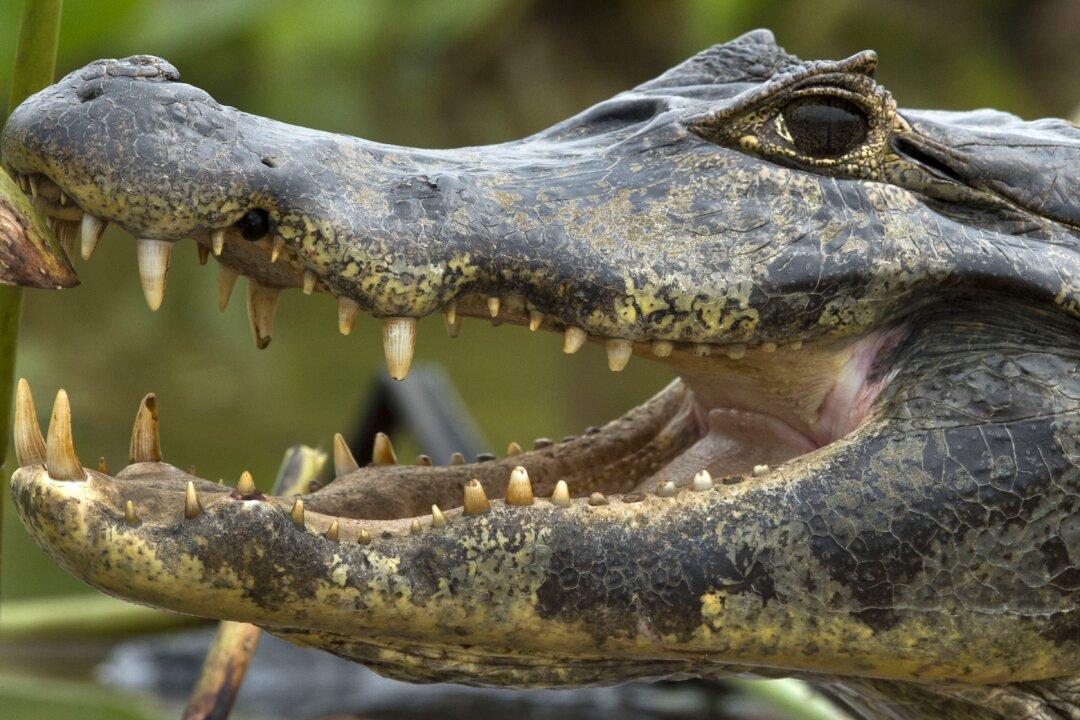Federal prosecutors have charged 75 people who they said belonged to a multimillion drug trafficking ring that controlled the streets in Puerto Rico with barricades and control barriers, and fed rival gang members to their pet caimans.
U.S. Attorney Rosa Emilia Rodriguez announced on Feb. 27 that 75 members of Las FARC had been charged with possession with intent to distribute, and distribution of, controlled substances from 2006.





